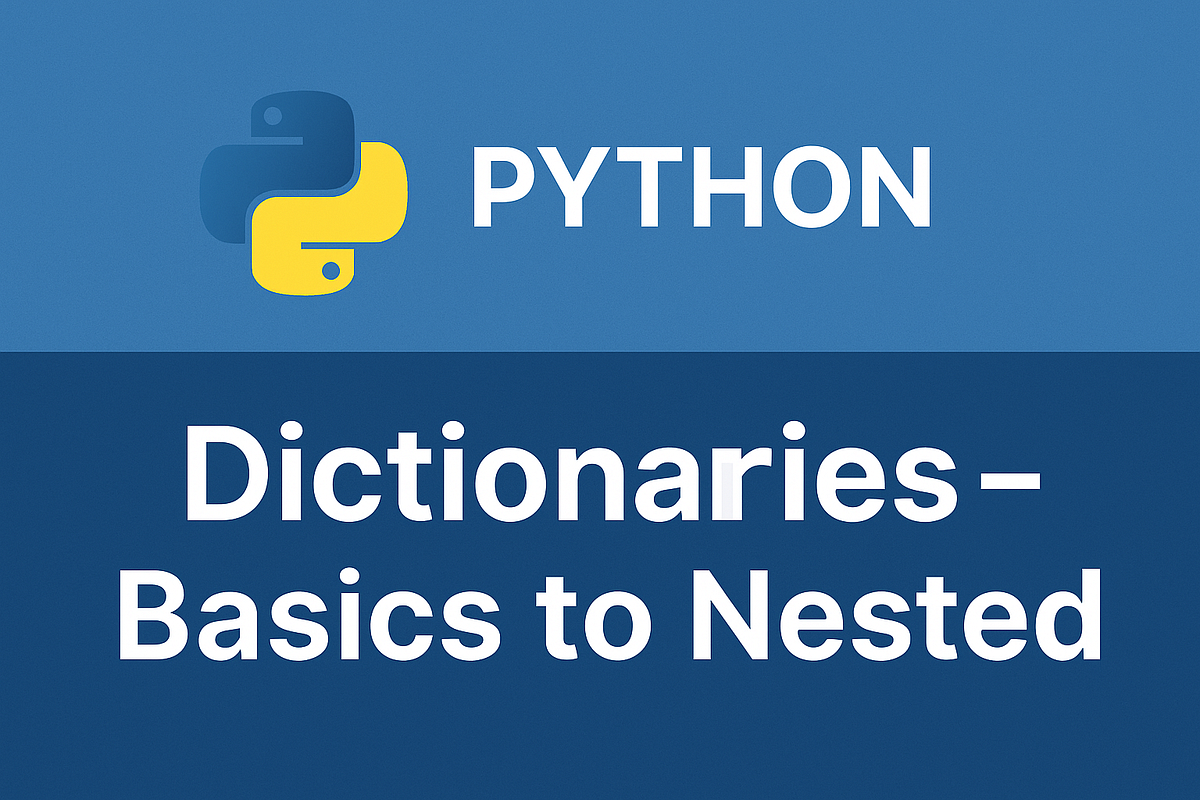Medium
7d
291

Image Credit: Medium
Python Dictionaries: From Basics to Nested — Your Complete Guide
- Python dictionaries are labeled containers in Python where each data piece has a unique key.
- Dictionaries allow accessing data using meaningful labels instead of positions like in lists.
- Creating a dictionary in Python involves using curly braces {} and key-value pairs.
- Keys in dictionaries must be immutable, but the values can be any data type like lists or other dictionaries.
- The .get() method in dictionaries is useful as it won't throw an error if the key doesn't exist.
- Dictionary methods like .keys(), .values(), and .items() are handy for different operations.
- Dictionary comprehensions are similar to list comprehensions and allow creating dictionaries in a single line.
- Looping through dictionaries can be done using for loops and methods like .items() for key-value pairs.
- Nested dictionaries are powerful for organizing complex and hierarchical data structures.
- Working with dictionaries is essential in Python for data storage and organization.
- Start with basic dictionary operations and progress to nested structures as projects become more complex.
- Practice using dictionaries by building small projects like contact managers or inventory systems.
- Dive into dictionary operations gradually to make them second nature for coding tasks.
- Python dictionaries are fundamental for almost every project due to their versatility and data organization capabilities.
- Build projects like contact managers or inventory systems to strengthen your proficiency in dictionary usage.
- For questions about dictionaries or Python, reach out to the author for coding skill assistance and guidance.
Read Full Article
17 Likes
For uninterrupted reading, download the app